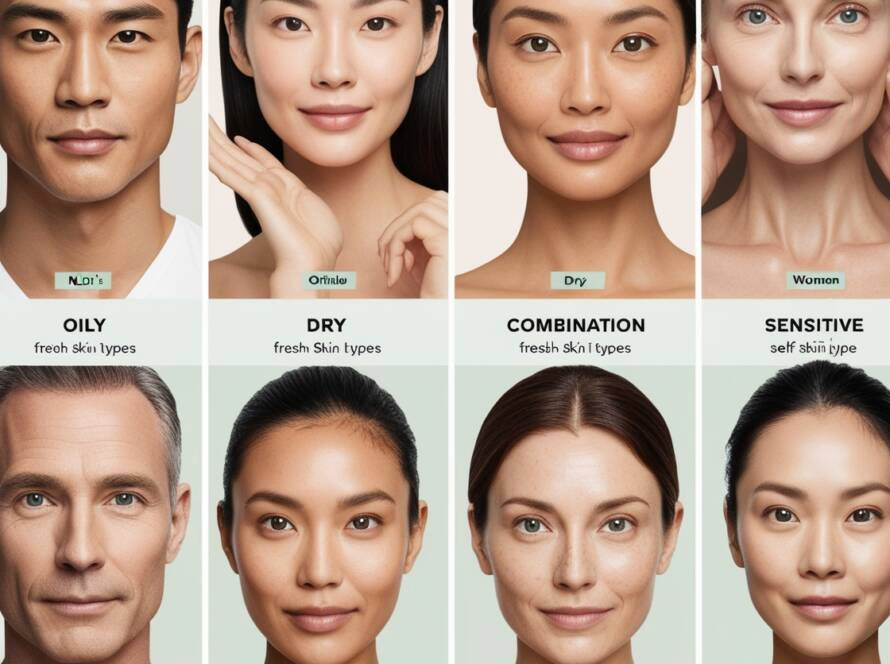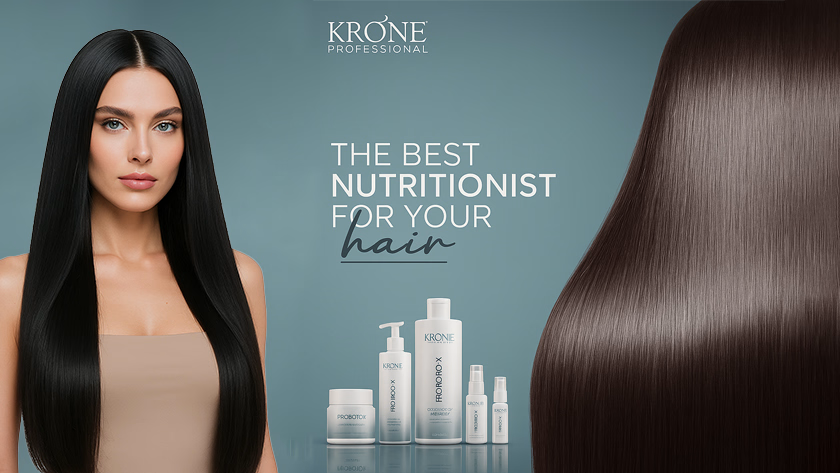Eyebrows are often referred to as the frame of the face, playing a crucial role in defining facial expressions and enhancing overall appearance. The art of eyebrow shaping has evolved significantly over the years, with trends ranging from thin, over-plucked brows to the current preference for fuller, natural-looking arches. This guide delves into the importance of eyebrow shaping, the techniques involved, and tips for achieving perfectly shaped brows.
The Importance of Eyebrow Shaping
Eyebrows are not just a facial feature; they are a key component of non-verbal communication. Well-shaped eyebrows can lift the face, making you appear more youthful and expressive. They can also balance facial features, creating symmetry and harmony. On the other hand, poorly shaped or neglected brows can make the face look unbalanced or even aged.
In the beauty industry, eyebrow shaping is considered an essential service, often sought after by clients looking to enhance their natural beauty. Whether you prefer a bold, dramatic look or a more subtle, natural appearance, the right eyebrow shape can make a significant difference.
Understanding Your Eyebrow Shape
Before diving into the techniques of eyebrow shaping, it’s important to understand the natural shape of your eyebrows. Eyebrows come in various shapes—straight, arched, rounded, or angled—and the ideal shape for you depends on your facial structure and personal preferences.
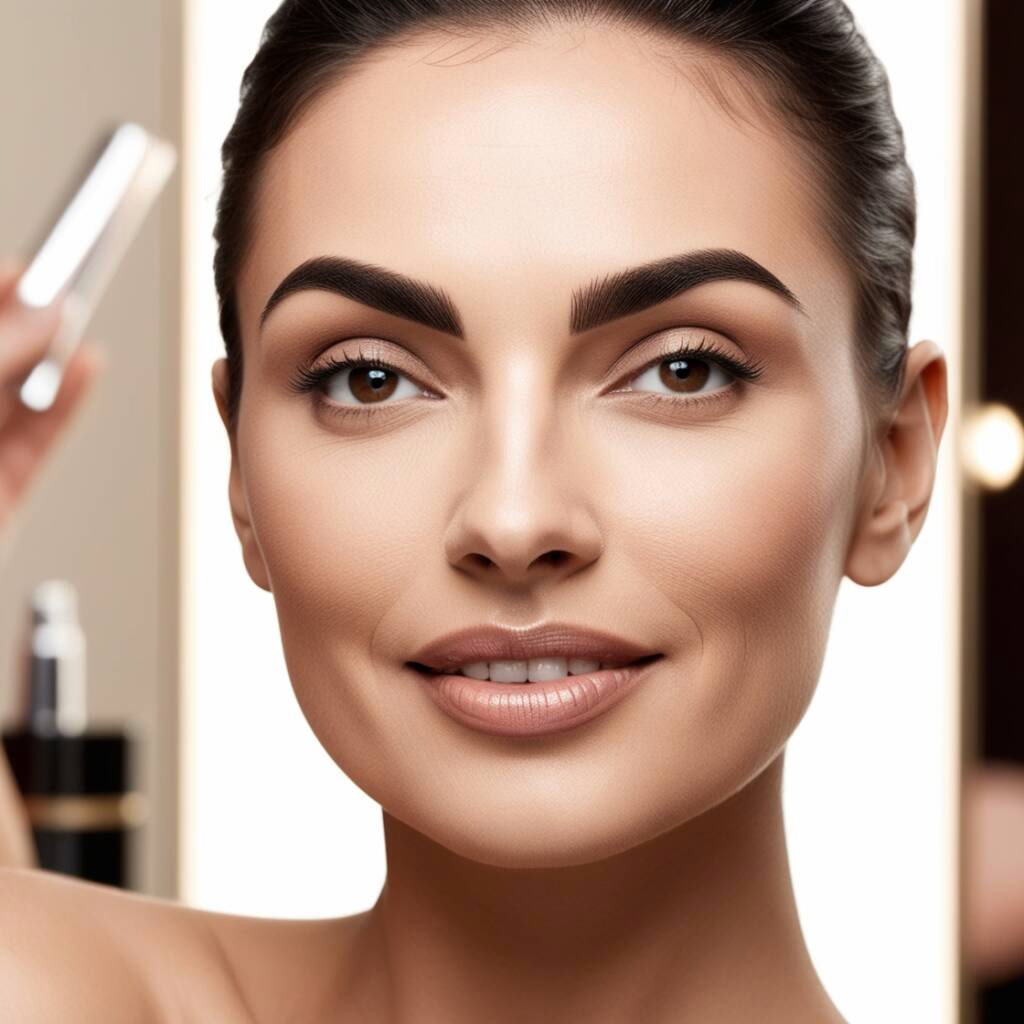
Straight Brows: These are best suited for those with angular features, as they help soften the face.
Arched Brows: Ideal for round faces, arched brows can add definition and lift.
Rounded Brows: Perfect for those with sharp features, rounded brows can create a softer look.
Angled Brows: Suitable for most face shapes, angled brows can add a touch of drama and sophistication.
Techniques for Eyebrow Shaping
Eyebrow shaping involves several techniques, each with its own advantages and best use cases. Here are some of the most popular methods:
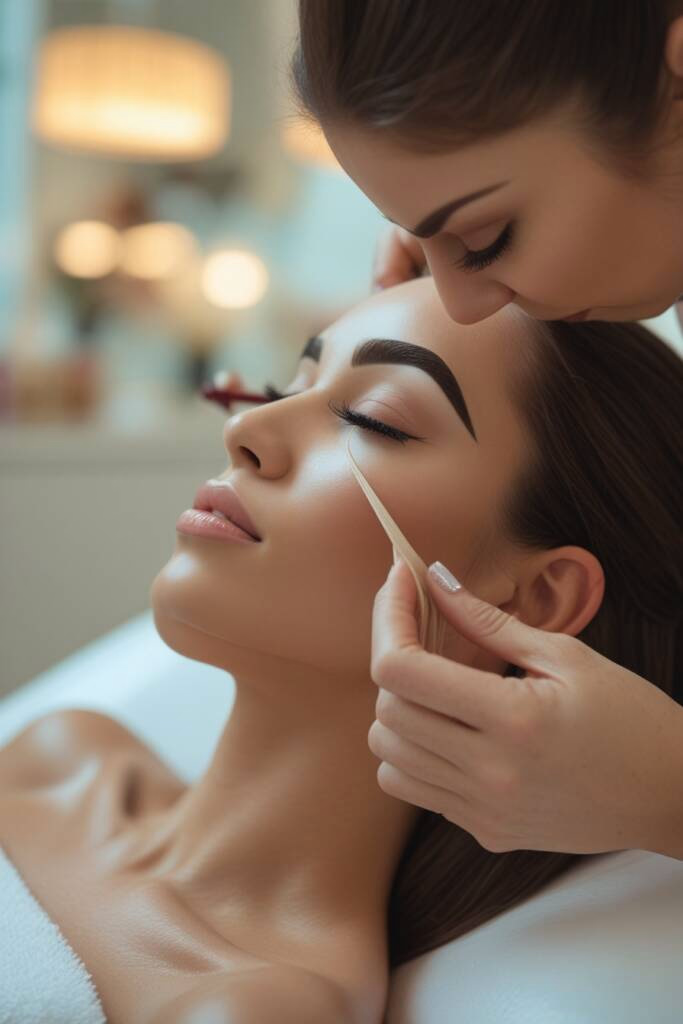
Threading:
Process: Threading involves using a cotton thread to remove unwanted hair from the brow area. The thread is twisted and rolled over the skin, catching and lifting out the hair.
Benefits: Threading is precise and allows for detailed shaping. It is also gentle on the skin and suitable for those with sensitive skin.
Drawbacks: It can be slightly uncomfortable, and the results typically last 2-4 weeks.
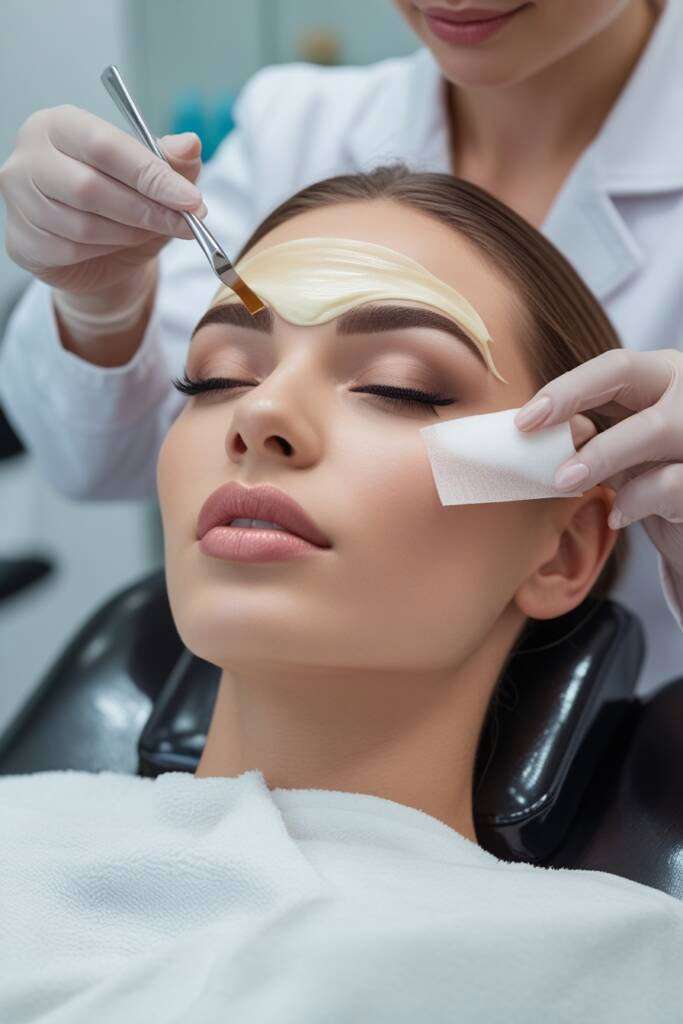
Waxing:
Process: Waxing uses warm wax to remove hair from the root. A strip of cloth is applied over the wax and quickly pulled off, taking the hair with it.
Benefits: Waxing is quick and effective for removing larger sections of hair. It is ideal for those with thicker brows.
Drawbacks: It can cause redness and irritation, especially for those with sensitive skin. Results usually last 3-6 weeks.
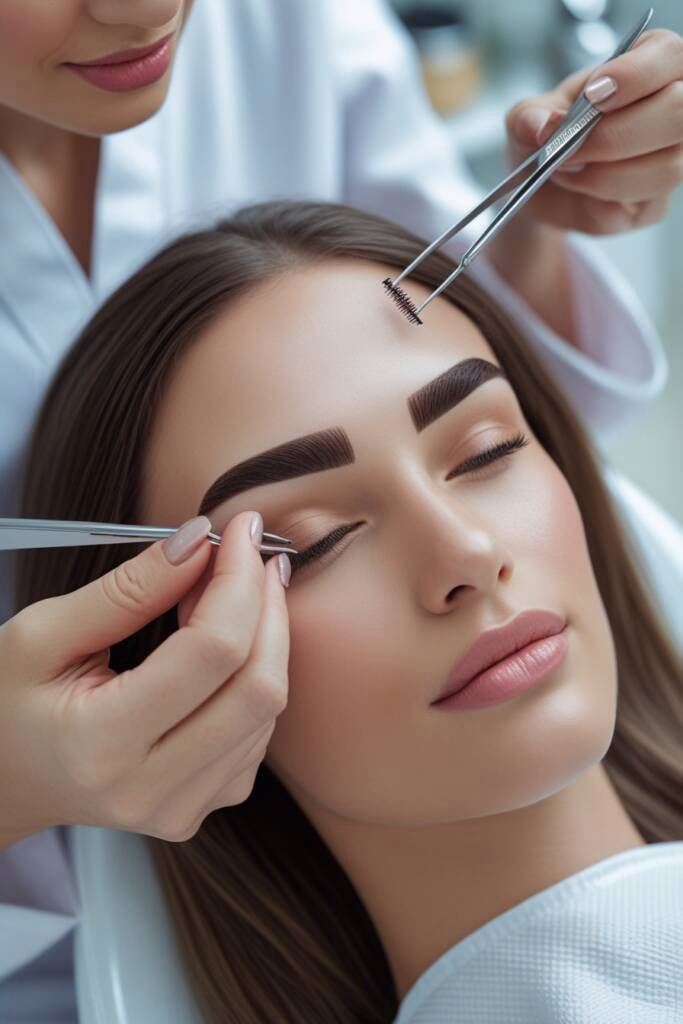
Tweezing:
Process: Tweezing involves using tweezers to pluck individual hairs from the brow area.
Benefits: Tweezing offers precise control and is great for maintaining shape between salon visits.
Drawbacks: It can be time-consuming and may cause ingrown hairs if not done correctly.

Microblading:
Process: Microblading is a semi-permanent tattooing technique that uses a fine blade to deposit pigment under the skin, creating hair-like strokes.
Benefits: Microblading can create the appearance of fuller, more defined brows and is ideal for those with sparse or thin brows.
Drawbacks: It is more invasive and expensive than other methods, and the results can last up to 1-3 years.
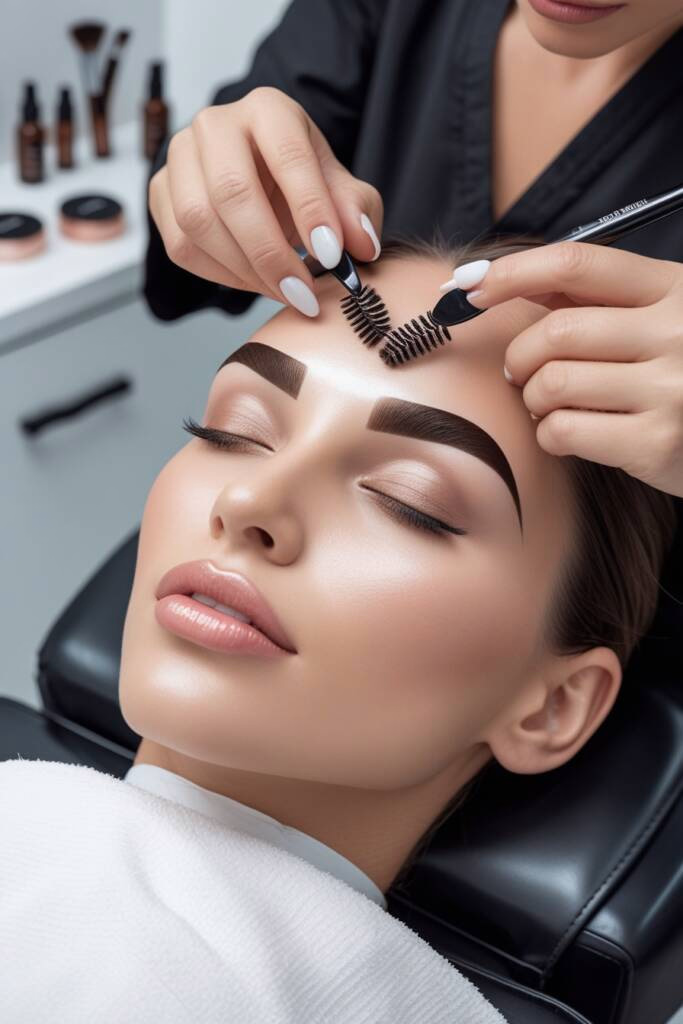
Brow Lamination:
Process: Brow lamination involves straightening and lifting the brow hairs using a chemical solution, followed by shaping them into the desired position.
Benefits: This technique can create a fuller, more uniform look and is great for taming unruly brows.
Drawbacks: The results typically last 6-8 weeks, and the process may not be suitable for those with very sensitive skin.
Achieving perfectly shaped eyebrows starts with assessing your face shape—oval, round, square, heart, or long—to determine the best brow style. Next, map your brows using an eyebrow pencil or brush to outline the start, arch, and endpoint, ensuring a shape that complements your features. Choosing the right technique, such as threading, tweezing, or waxing, depends on your brow type and personal preference. It’s important to shape gradually, removing a few hairs at a time to avoid over-plucking or creating an uneven look.
Common mistakes in eyebrow shaping include over-plucking, forcing an unnatural shape, neglecting symmetry, and using poor-quality tools. To avoid these, work with your natural brow line, use high-quality tweezers or wax, and check for evenness throughout the process. Additionally, post-shaping care, such as applying aloe vera or a gentle moisturizer, helps soothe the skin and prevent irritation.
Maintaining beautiful brows requires regular trimming, hydration, and proper nutrition. Using a brow serum or oil can promote healthy hair growth, while a diet rich in biotin supports strong brows. Avoid over-styling, as excessive shaping can damage hair follicles. If unsure about shaping your brows yourself, visiting a professional can ensure a perfect shape and offer personalized advice.
Eyebrow shaping is an art that enhances your natural beauty, boosting confidence and refining your overall look. By following these steps and avoiding common pitfalls, you can achieve well-groomed, elegant brows that frame your face beautifully.



